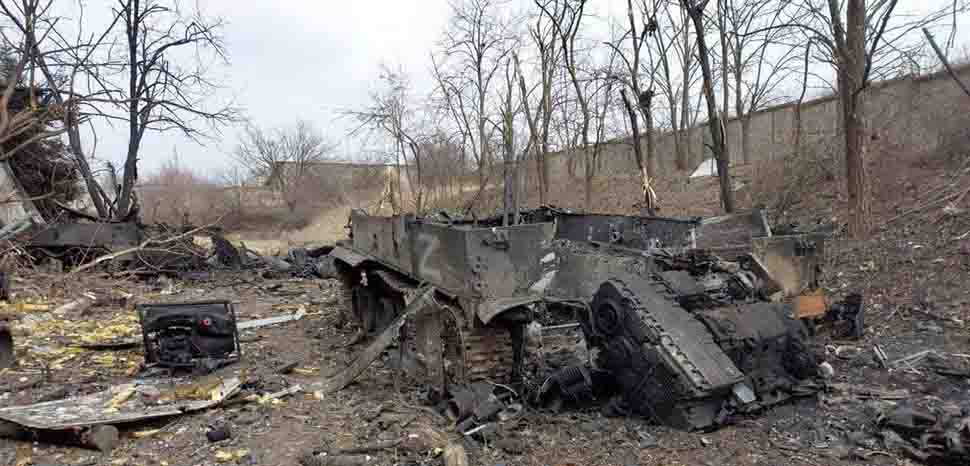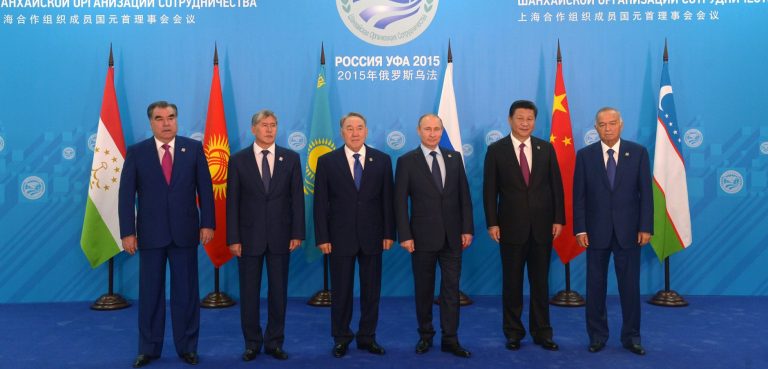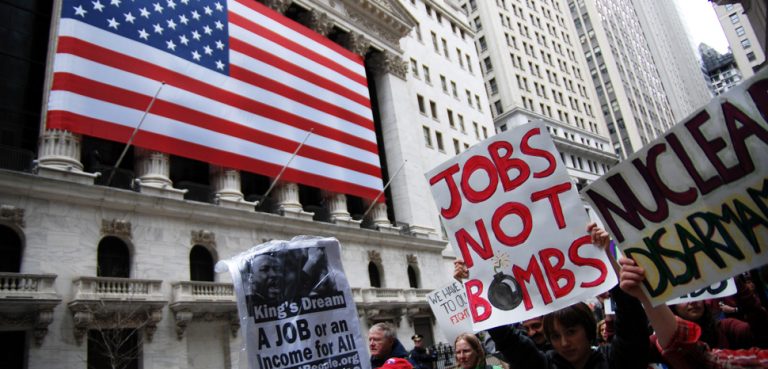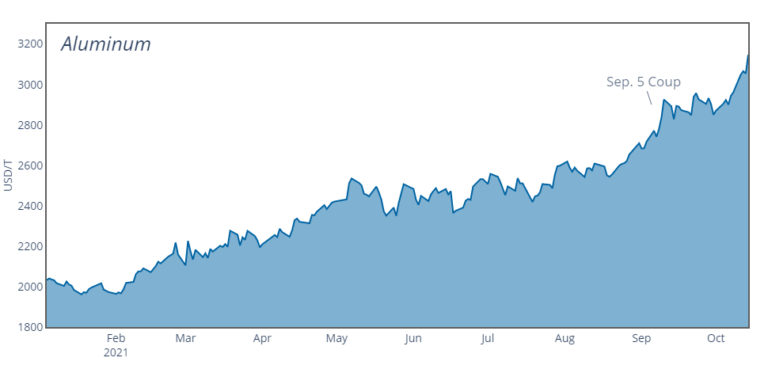After 100 days of fighting, the current outlook of the war is bleak for Ukraine: a) more than 20% of its territory is occupied by Russia, three times more than prior to the Feb 24th invasion; b) about 6.6 million of its population, 1/6 of the 2021 total, has fled the country; c) a Black Sea blockade of its ports has halted fuel imports and agricultural exports (the latter resulting in a daily loss of $170 million); d) most of its oil and gas fields and all its nuclear power stations have been lost; e) about one quarter of businesses have stopped and 4.8 million jobs lost; f) the economy is expected to shrink 45-50% from 2021 levels; g) the country’s industrial military infrastructure is destroyed, making the country fully dependent on foreign military aid; and h) the government is only able to fund 1/3 of its operations, with the remaining coming from loans and donations.
In summary, Ukraine’s solid pre-war economic standing (7% growth, strong export prices, minimum government deficit, and low debt) has been wiped out in just three months. Although a defiant mood appears to prevail among the population, there are growing signs of dissatisfaction with the political leadership on how the war has been handled and how will it end.
While the long-term impact of Western-imposed sanctions has yet to be seen, the Russian economy appears to be sustaining itself amid the war: a) the economy is expected to shrink by less than 7% from 2021 levels, a milder drop than previously anticipated; b) contrary to expectations, the local currency has not collapsed but rather strengthened; c) restrictions imposed on Russia’s energy exports have caused a 70% surge in world gas prices boosting the country’s war chest and tripling its trade balance compared to pre-invasion levels. Western sanctions have had the unintended effect of galvanizing popular support towards the war effort and domestic anti-war sentiment is limited. Russia’s military shortcomings at the beginning of the war (namely poor leadership, manning and logistical problems, decreased combat effectiveness, and heavy military losses) need to be put in the context of military gains which include: a) establishing a land corridor linking Crimea with the Russian mainland; b) bringing an end to the Crimea’s water and power blockade imposed by Ukraine in 2014; and c) the linkage of Ukraine’s south-eastern power grid with Russia.
While war statistics are often inaccurate and biased, official data describing the opponents’ losses are revealing as they show Ukraine’s military deaths at 37,000 and Russia’s at 30,000. Based on estimated equipment at the beginning of the conflict, Ukraine has lost 44-47% of its tanks/armored vehicles and 84% of its aircraft/helicopters, while Russia 18% of its tanks/armoured vehicles and 8-9% of its aircraft/helicopters. Compared to other recent wars (Afghanistan, Syria and Yemen), the level of civilian deaths is remarkably low, with recent UNHRC estimates at around 4,100 which seems to reflect the approach taken by the Russian army during the conflict, and also stands as a stark reminder of the potential aggravating impact that a war escalation would cause.
Ukraine’s present hopes for a military victory, which for the political leadership mean full recovery of the pre-2014 boundaries rest on: a) expectations of receiving and being able to use critical military weapons and equipment (mainly tanks, armoured vehicles and long-range fire weapons systems); b) its ability to mobilize and deploy additional forces in the coming weeks to start a counteroffensive; and c) expectations that economic sanctions will ultimately affect Russia’s military performance.
The initial political-military unity of the Western liberal democracies in support of Ukraine has weakened. Within NATO, important member countries like Germany are being criticized for their lacklustre level of military support, while Turkey persists in blocking the requested accession of Finland and Sweden and Hungary voices reservations on pursuing anti-Russian policies. Within the European Union, the design and implementation of the boycott of Russian oil & gas purchases has shown opposing views, with most countries acquiescing to using Russian currency. Ukraine’s EU accession request has mostly been greeted by current members with scepticism. More importantly, there is a growing consensus in key European countries such as Germany, France, and Italy (as opposed to Poland and the Baltic states) for a negotiated solution to the war. Finally, there is a realization among the largest EU countries on the need to salvage relationships with Russia to approach common issues such as arms control, climate change, cybersphere, and global health.
Beyond Western liberal democracies representing 15% of the world population, the remaining 85% (including all of Africa, Middle East, and Latin America) have not imposed sanctions on Russia. Two-thirds of the world’s population live in countries who are neutral about the war or support Russia.
US government support to Ukraine has been paramount, but beyond renewed delivery of weaponry new political priorities are likely to put the Ukraine war in the backburner, including the November midterm elections, decreasing popularity of the current administration, and increasing domestic concerns over inflation and immigration. The priority that the Ukraine war has had in the White House agenda may diminish as a growing consensus emerges that the war is not critical to US interests. The US president seems to have now set a path to end the war through diplomacy, expressing also a desire to avoid deeper confrontation with Russia.
If in the coming weeks the war continues being confined to similar levels of confrontation and does not escalate in weapon intensity or with the participation of third countries (mainly Belarus and/or Poland), it is likely that Russia will continue advancing militarily and eventually gain enough territory to force the Ukrainian leadership to consider negotiations.
The Ukrainian leadership has until now shown optimism (with the head of security expecting a positive turning point by mid-August and a victory by year end) and excepting some initial peace overtures has been unwilling to consider ceding any territory currently lost to Russia (including land occupied prior to February 24th) as part of a peace deal. This position carries risks, including a potential loss of face that may unsettle the government and even cause its demise, but further continuation of the war also risks a potential grave dislocation of Ukraine’s sovereignty. Given current ground conditions, any negotiated or militarily imposed solution could mean an important cession of Ukraine territory which may coincide with Russia’s stated objective of liberating the Donbas; however, additional territory may fall under Russian control if Ukraine continues the war despite mounting odds against it.
The views expressed in this article belong to the authors alone and do not necessarily reflect those of Geopoliticalmonitor.com




